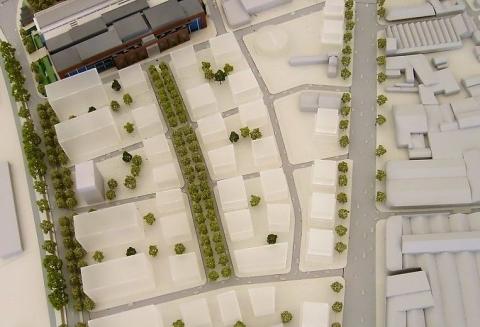Yesterday was the ceremony to announce the winners of the FEREC Corporate Foundation's 2025 call for projects. As winners of the 2024 edition, we were invited to present the results of the project we had been working on throughout the year.
Called Optibionum, it focused on creating ecological indicators for evaluating building and infrastructure construction projects and integrating them into BIM tools
What did we do? A detailed report will be delivered in December, but here is a brief summary of our work.
The first part, led by Lina MHIRI, aimed to develop ‘ecological performance’ indicators that could be produced in a standardised manner and used at the construction site level from the architectural design phase onwards.
The main objective is to be able to compare different construction projects, or different variants of the same project.
Four key indicators have been identified to assess the extent to which the site under study is connected to surrounding ecological networks (accessibility), the extent to which it contributes to the movement and maintenance of species within these networks (responsibility), the proportion of the species analysed that are likely to remain on the site (diversity), and the levels of light and noise pollution to which the site is exposed (quietness).
These indicators are produced using our SimOïko software, which models the demographic dynamics and movements of several dozen species commonly found in France, i.e. representative of “ordinary” biodiversity.
The second part of the work, led by Sylvestre Jonathan TOURE, focused on integrating these ecological indicators into BIM tools for building projects, using a three-step process:
- creation of a land use model combining BIM data for the planned structures and GIS data for their location;
- integration of this merged model into SimOïko's input data, then production of the indicators;
- injection of the results produced by SimOïko into the BIM data for the buildings studied.
We would like to thank Société des Grands Projets, our partner in this work, which provided us with BIM models of several stations and technical centres in the Grand Paris Express transport network, which we used to develop the entire method and test, in particular, the comparison of landscaping scenarios!
